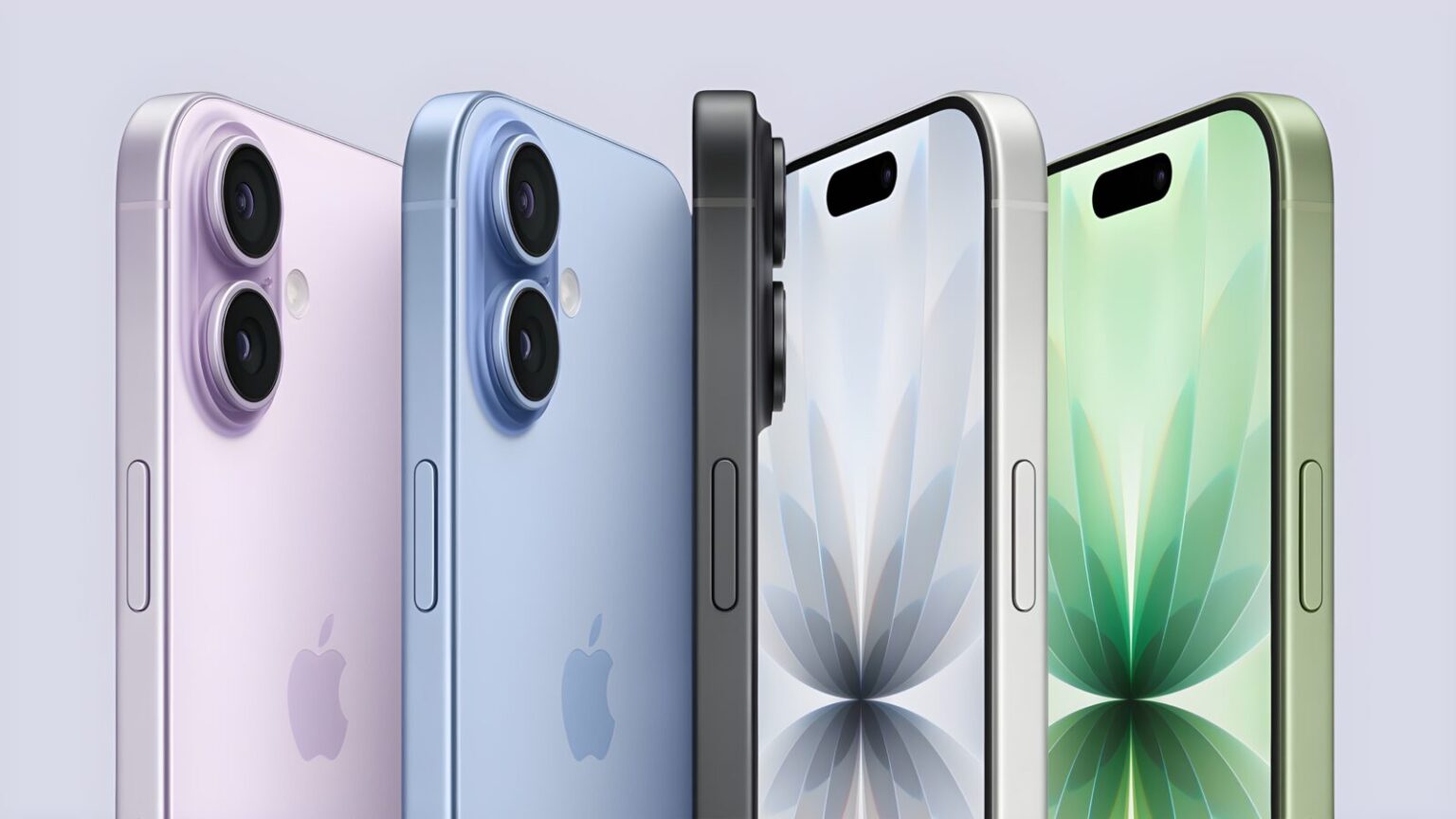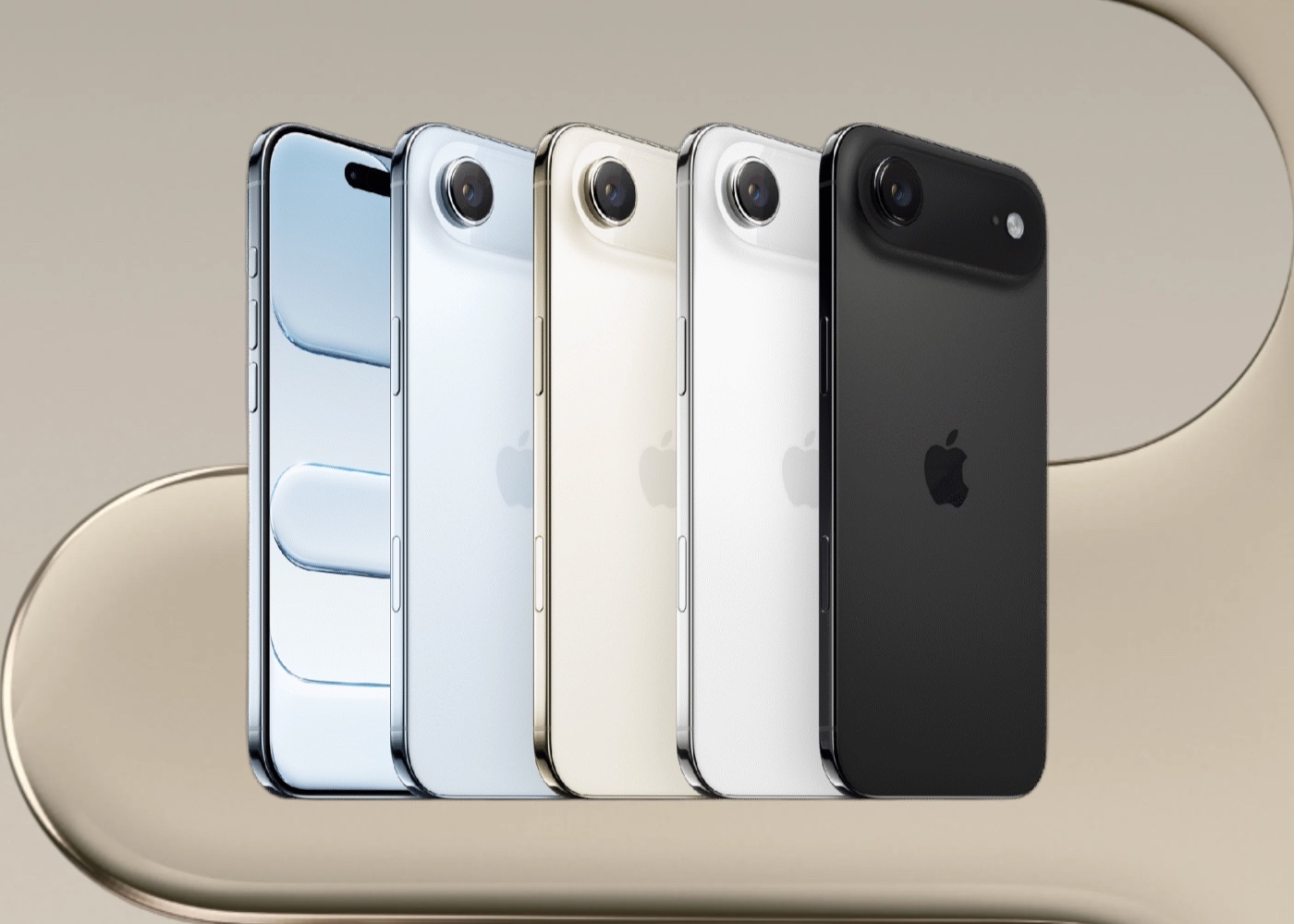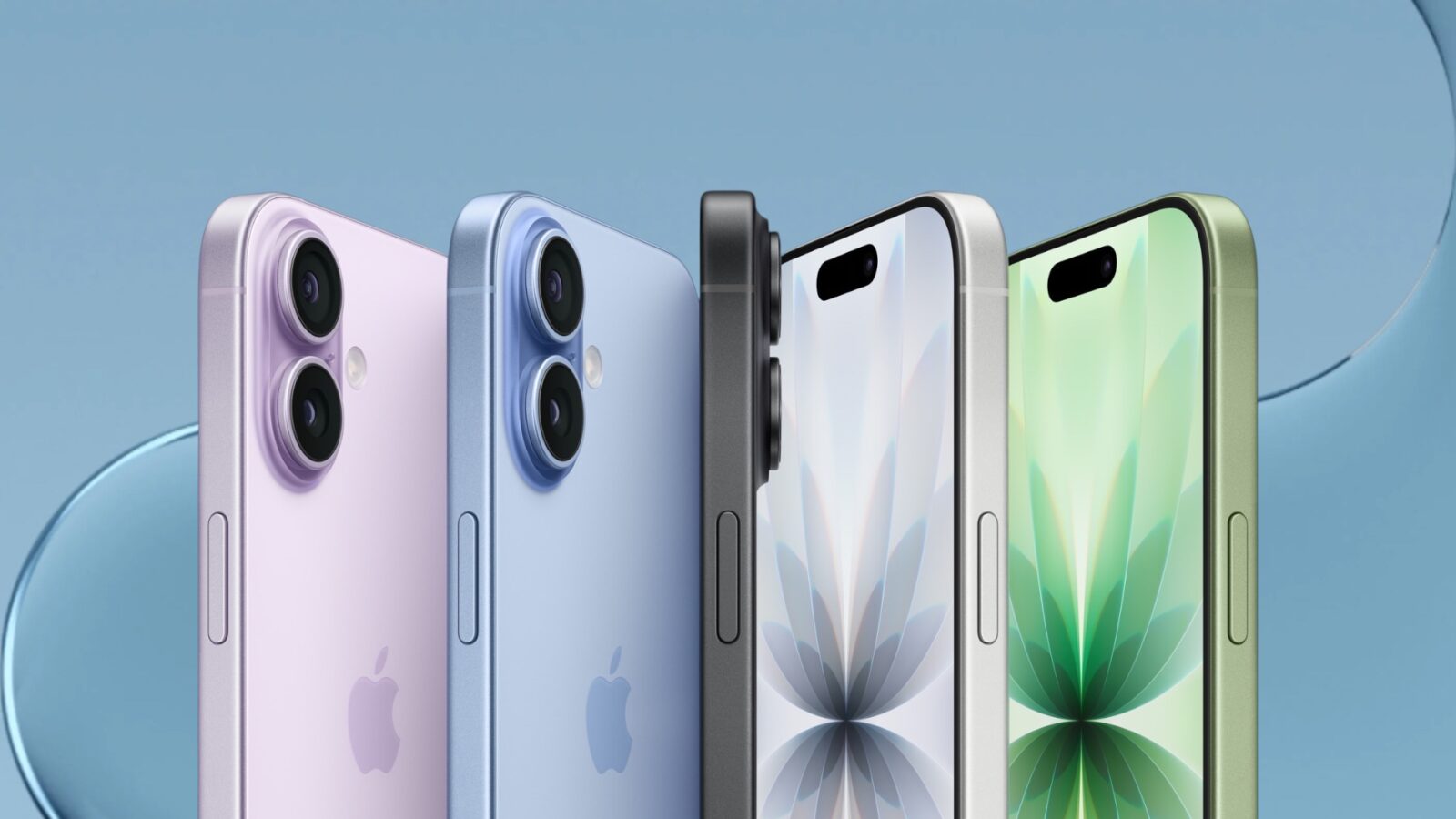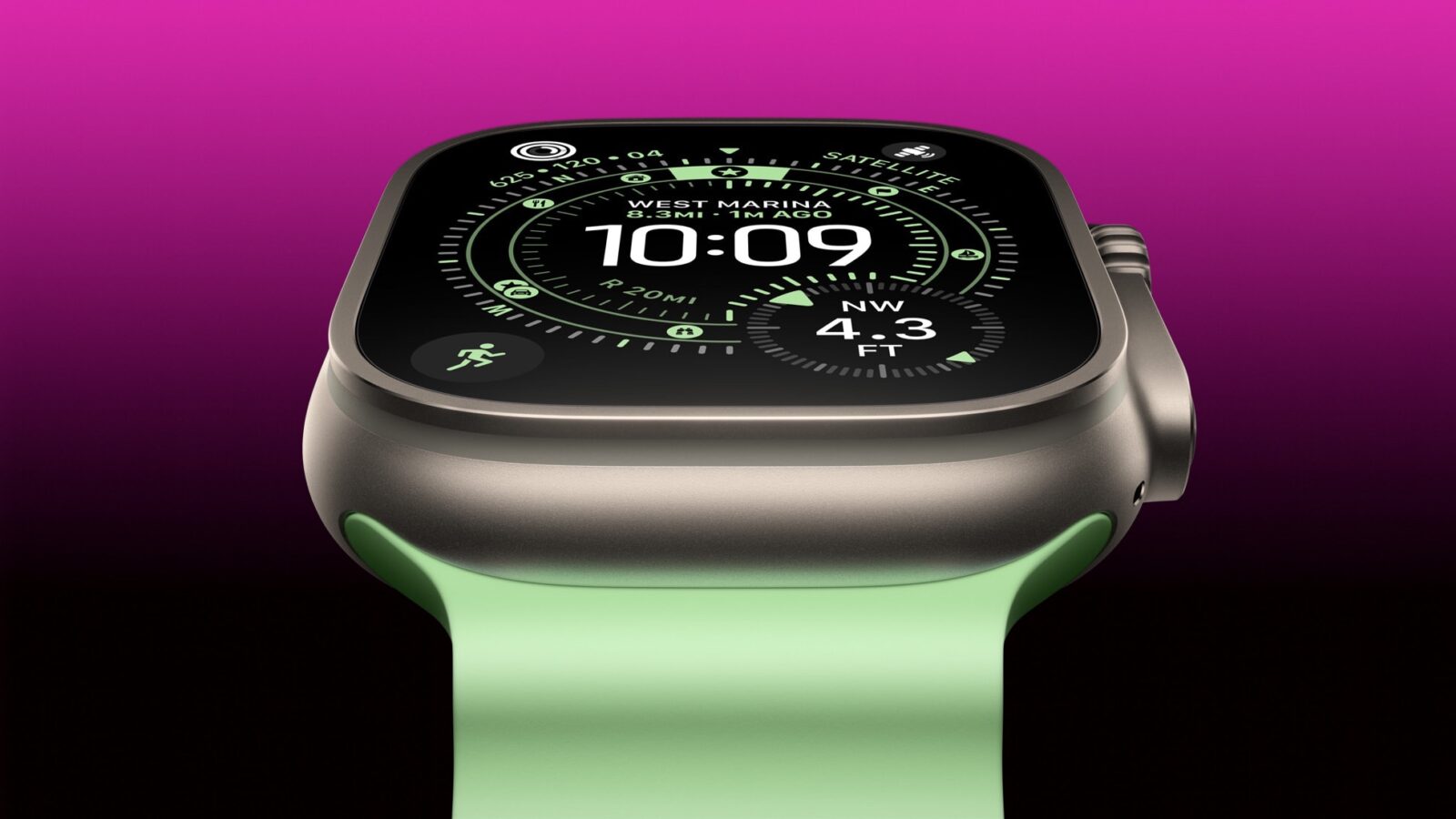Apple’s iPhone 17 and iPhone 17 Pro lineup introduces a significant regional difference in how cellular connectivity is handled. In several markets, the devices will be available in eSIM-only configurations, eliminating the physical SIM card tray altogether. Apple says this design change allows for a slightly larger battery, which in turn provides up to two additional hours of use compared to models that retain the SIM slot.
According to Apple, the following regions will receive eSIM-only iPhone 17 and iPhone 17 Pro models:
- Bahrain
- Canada
- Guam
- Japan
- Kuwait
- Mexico
- Oman
- Qatar
- Saudi Arabia
- United Arab Emirates
- United States
- U.S. Virgin Islands
Meanwhile, markets such as Europe, Australia, New Zealand, Singapore, South Korea, and China will continue to receive models with a traditional nano-SIM tray alongside eSIM support. This mixed approach reflects differences in how mobile carriers worldwide have adopted eSIM technology.
A key exception in Apple’s 2025 lineup is the iPhone Air, which ships as an eSIM-only device in all countries, including China. This aligns with Apple’s positioning of the Air as a thinner, lighter device that relies on internal efficiencies, with no room for a physical SIM slot.
Apple first introduced eSIM-only models with the iPhone 14 in the U.S. back in 2022. At the time, the company emphasized security and convenience as main advantages: an eSIM cannot be physically removed if the phone is stolen, and users can store and manage multiple eSIM profiles (up to eight) without the hassle of handling plastic cards. For frequent travelers, this makes it easier to switch carriers or add temporary plans without needing to acquire a local SIM card.
The broader adoption of eSIM-only iPhones signals Apple’s ongoing push to phase out physical SIM trays altogether. For now, however, support remains fragmented by market, meaning international buyers should check whether their carrier and region fully support eSIM before importing an iPhone 17 or iPhone 17 Pro.







